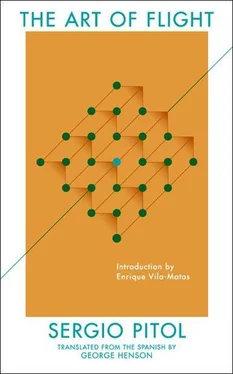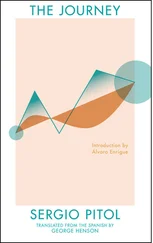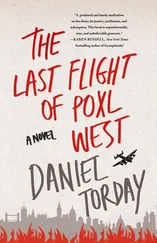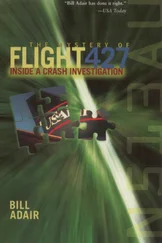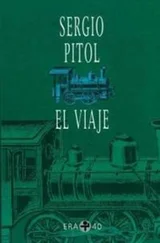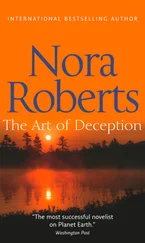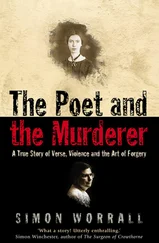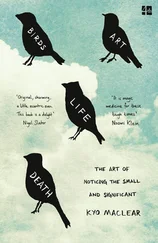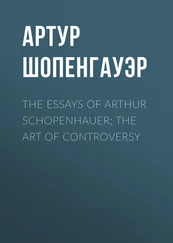I have trouble writing. My hand freezes when I recall the time when living was akin to being a noble savage and realize, without rancor, that society, its offices and its conventions, eventually achieved their mission. But not entirely! Perhaps my opposition to the ways of the world is more radical now, but it manifests itself in sullenness rather than joy — in convictions. It is no longer a mere emanation of nature.
During my stay in Warsaw I was master of my time, my body, and my pen. And while it is true that freedom in Poland was far from absolute, it is also true that the Poles took advantage as best they could, and with an intensity that bordered on frenzy, of the spaces opened up during de-Stalinization, especially artistic spaces. I owe to that period the pleasure of reading texts that would certainly have been different had I been living in my own country or in any of the cultural metropolises. Free from the burden of trends, from the capillas , Mexico’s literary coteries, and from any pressing need for information, reading became an act of sheer hedonism. I read the Poles, of course, and everything in that world was discovery; I read what my friends sent me from Mexico: Mexican and Latin American literature. Hopscotch was a revelation. Other books that were treasures were Francisco Delicado’s The Portrait of Lozana ; a great deal of Tirso de Molina; Canetti’s Auto da Fé ; Musil’s The Confusions of Young Törless ; Tibor Déry’s Mr. G.A. in X ; Milan Fust’s The Story of My Wife ; and, in particular, the ample collection of the British Council library: Shakespeare and the other Elizabethans; the theater of the Restoration, especially Sheridan and Congreve; Sterne’s Tristram Shandy ; Walter de la Mare’s Memoirs of a Midget ; and, of course, everything, or almost everything, by Conrad, the reading of whom was different in a Polish milieu; and Henry James and Ford Madox Ford and Firbank and many others. The difference between who I am now and who I was then is defined by my passion for reading and my aversion for any manifestation of power.
Around the same time as Gombrowicz’s letter, I received another from the publisher Don Rafael Giménez Siles, encouraging me to write an autobiography. He had invited a dozen writers from my generation and from the even younger one. He was interested, he said, in knowing how we young writers perceived the world and, more importantly, how we came to terms with our circumstances within it.
One aspect of the biographies would be their brevity, consistent with the short journey made by their writers. I began to write the account reluctantly and with very mixed feelings, but convinced of the need to have a presence, however small, in my country. Unlike the other authors included, I had written very little: two small books of short stories. I was certain that my life, and not just my literary one, had just started; nevertheless, I wrote the autobiographical essay out of vanity, or frivolity, or inertia.
I finished the requested text in a few days. As I wrote it, I felt trapped in an endless continuum. The recent episode was still very close to me, within a stone’s throw, and none of its lines had been brought to a close yet. I could compare my past to one of those extremely destructive hurricanes that strike a particular region with ferocity and, then, for weeks, travel for thousands of miles, but without moving from the spot where they built their greatest strength, to which they return time and time again to unleash their wrath. That was how I viewed my life: my childhood or what I tried to and could remember about it, my days at university, and a few trips, all of it was present in my memory as a single, rather confusing entity. The distance from Mexico, the perspective that it gave me, the strangeness of the new setting, helped to transform the past into a shapeless mixture of elements.
In late 1988 I returned to Mexico permanently. During my absence I published several books; some were translated into other languages. I received awards, all those things! I returned to the country with the idea of devoting my time and energy exclusively to writing. I felt an almost physical need to live with the language, to listen to Spanish all the time, to know it was around me, even if I did not hear it. The Mexico City I encountered seemed foreign and stubbornly complex. I persevered for four years without being able to assimilate it, nor assimilate myself to it. After I arrived, I began to receive publishing proposals; one was to rework that early autobiography, adding a second part that would bear witness to the previous twenty years. I had never reread it. When I did, I felt disgusted, with myself, and, above all, with my language. I did not recognize myself in the least in the image I sketched in Warsaw in 1965. I was struck immediately by a demure tone and false modesty that were irreconcilable with my relationship to literature, which has always been visceral, excessive, even wild. I sensed a plea for forgiveness emanating from the text for having been written and published. They were pages of immense hypocrisy. The writer’s task seemed like a third-rate activity. In short, it would not have bothered me to declare — because at the time I believed it — that I enjoyed writing less than reading, or that it was an ill-defined and precarious experience compared to other things that life offered me. That would have been fine. What I found strange was the virtuous schoolboy mask I was hiding behind, in halftone, the hypocritical ramblings of the Pharisee.
Lately, I have been very aware that I have a past. Not only because I have reached an age when the greater part of the journey has been traveled, but also because I now know fragments of my childhood that until recently were off-limits to me. I can now distinguish the various stages of my life with sufficient clarity — the autonomy of the parts and their relation to the whole — which I was previously unable to do. I have begun to remember with respect and emotion not only my youth but that of others because of the innocence it represents — its blindness, intransigence, and destiny. That alone allows me to conceive of an infinite, unknown, and promising future.
LUNCH AT THE BELLINGHAUSEN
In 1978 or 1979 I spent a few months in Mexico City. At the time, I was a cultural attaché to our embassy in Moscow. I had saved my vacation days for two years so that my stay in Mexico would make more sense than on previous occasions, when I felt I was and was not in my country. Two months was a more respectable amount of time. During the first days of my stay I received a telephone call from Julieta Campos, then director of the Mexican PEN Club, inviting me to participate in a series of presentations of writers from various generations. In each session an older writer and a younger one, a literary newcomer, would read recent texts and then discuss them with the audience. She told me that she was thinking of pairing me with Villoro; we then talked about other things, some of which, with respect to the literary performance, were unclear to me.
After hanging up the phone it occurred to me that there was something about the proposition that did not make sense, that there was not sufficient distance between his generation and mine. It would have made more sense to be paired with Juan de la Cabada, Fernando Benítez, or Luis Cardoza y Aragón, my seniors. I was more than surprised when I learned a few days later that the Villoro with whom I would be introduced was Juan, Luis’s son; I had been assigned the role of the elder. I was forty-five years old, but until fairly recently I was still being mentioned among Mexico’s young writers. I suppose it was in part because of my absence, which made me difficult to identify, and the paucity of my work.
Читать дальше
